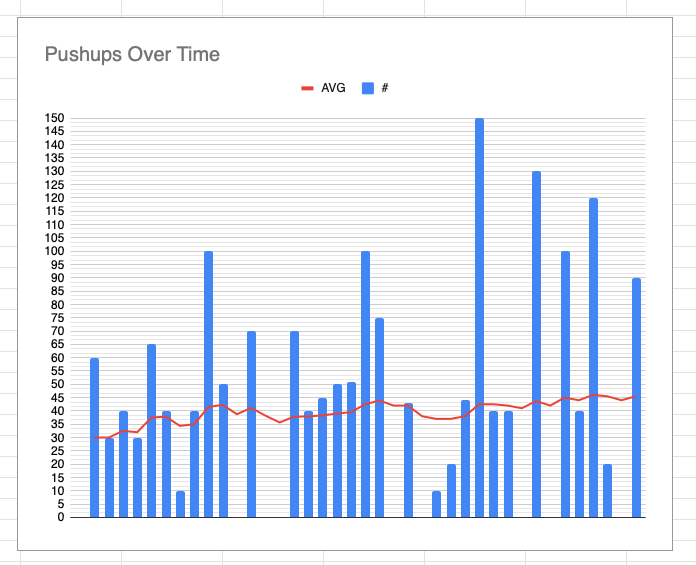I prefer to make my workouts feel as little like work as possible, but, y’know, work is right there in the name. Some people have some kind of instinctual drive to eat right and be active without much thought, and some people actually have to put a ton of damn effort into it. Whatever camp you fall into, though, you might benefit from treating your fitness goals a liiiiittle bit more like your job — specifically, by using Google Sheets.
Sure, there are probably hundreds of apps out there that could somewhat adequately track your gym routine or your calories. But the free ones are shoddy, and the paid ones are… not free. So why not just do it yourself, make it exactly what you want and not pay anything with Google Sheets instead? Excel, if you’re fancy.
Your fitness-related Google Sheets game can center around your diet, your workouts or both. For your diet, your spreadsheet can be as simple as logging your total calories each day. From there, you can break it down to be as micro as you please. One option would be to have the horizontal axis separated into meal and snack categories, with the vertical axis used to represent each day and the calories of each eating time. At the end of the day, you can highlight all your calorie inputs and your total will be calculated at the bottom right of the spreadsheet.
I’m not personally a fan of strictly measuring out the calories I consume, but people do tend to drastically underestimate how many calories they eat. If you’re trying to lose weight, it might be worth it to keep track — even if just for a week or so — to really know that you’re sticking to your general caloric goal. You could also use Sheets to keep track of your macronutrients, or log the foods you like so that you don’t just end up at the grocery store each week without a single clue as to what it is you like to eat and go straight for the Cheez-It Snack Mix, as I often do.
Workout-wise, spreadsheets are particularly good for people who do exercises utilizing reps and sets.

Just like ending up at a grocery store with your brain completely empty, you might also have a tendency to show up at the gym (if you’re still going there) completely forgetting which exercises you should do. If you’re someone who utilizes the weight room, a spreadsheet can be a good way to log not only which moves you should be doing, but how many sets/reps and with what weight. This way, you have something to reference the next time you exercise, and a way of seeing your progress and strength over time.
The best thing about Google Sheets for all this is that you can build it up to fit your specific needs on a desktop computer and still access and edit it on mobile. Even if you’re not great with spreadsheets, there’s tons of advice online on how to easily figure it all out, or just use a free template.
Of course, you could just use an old school pen and paper to log everything down, but that might mean you have to do math. And doing math for exercise is where I draw the line.
